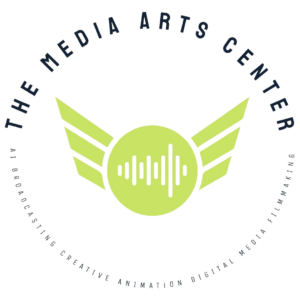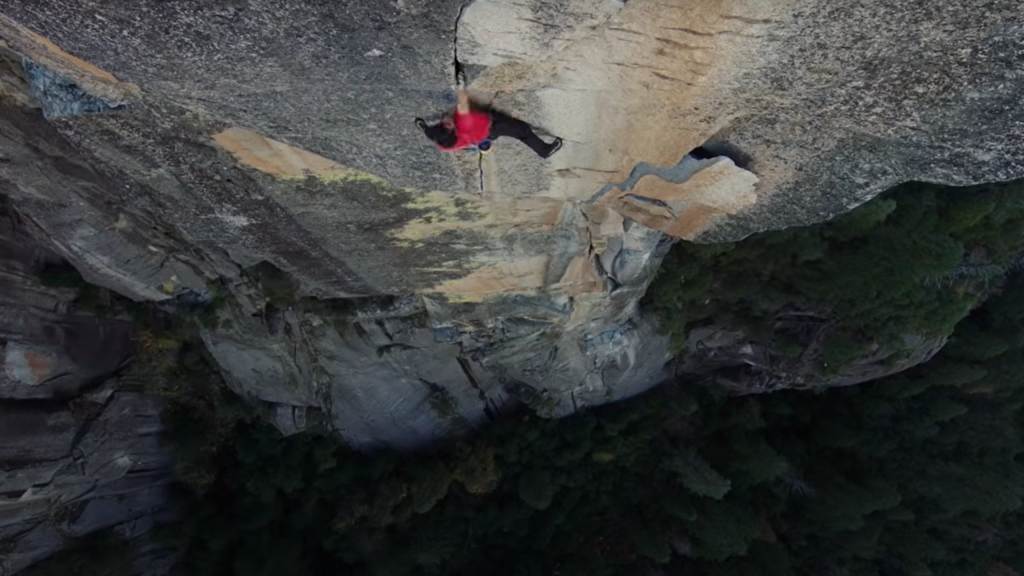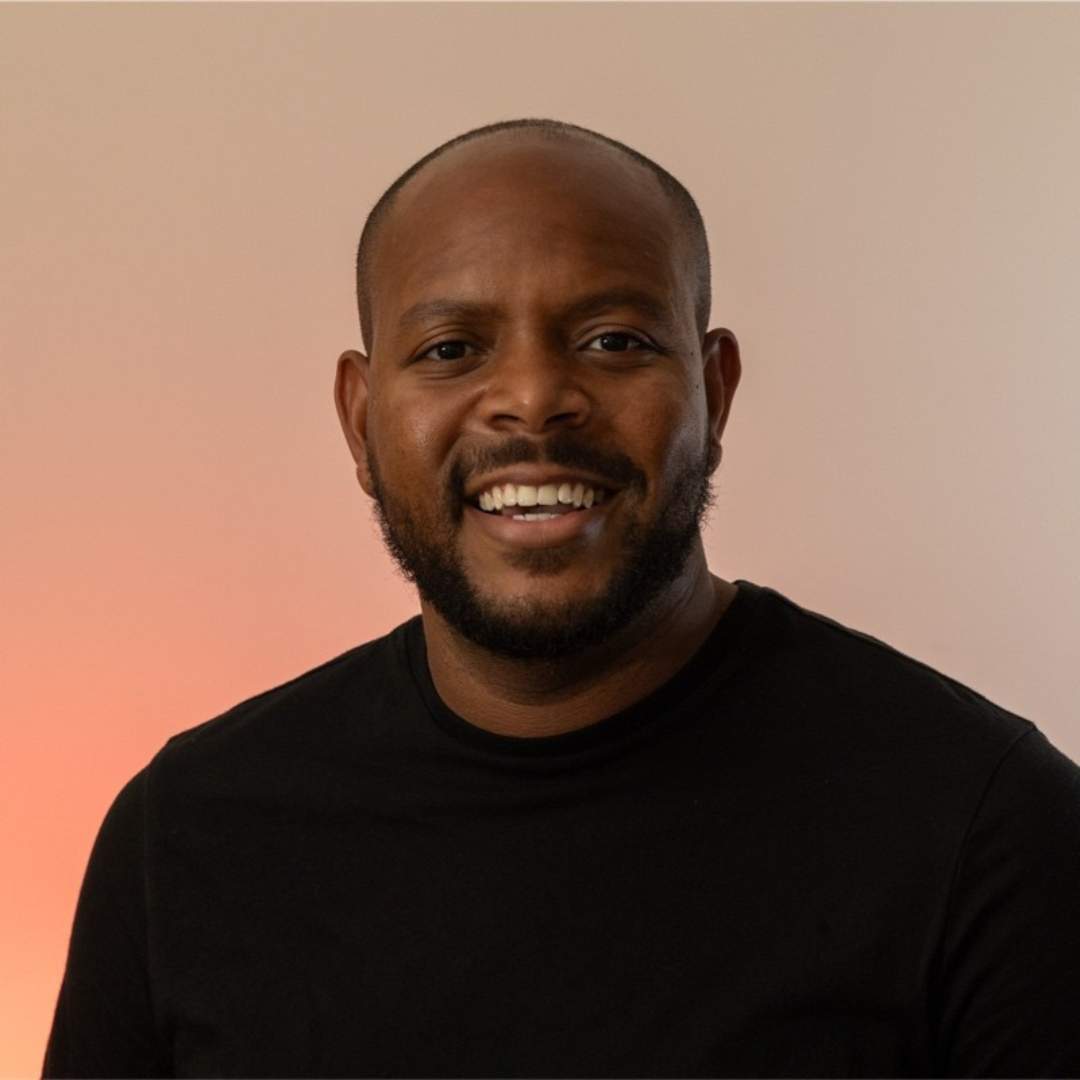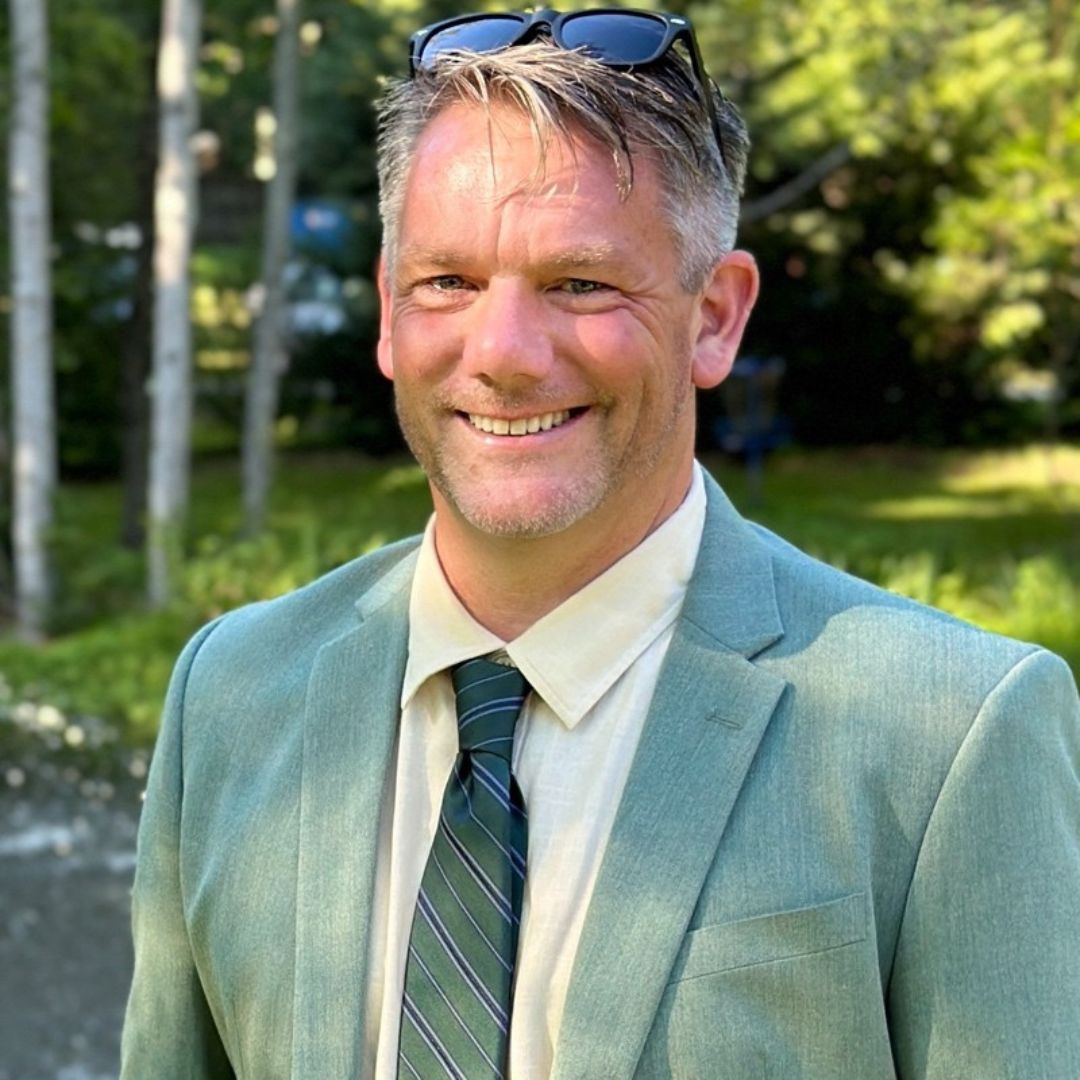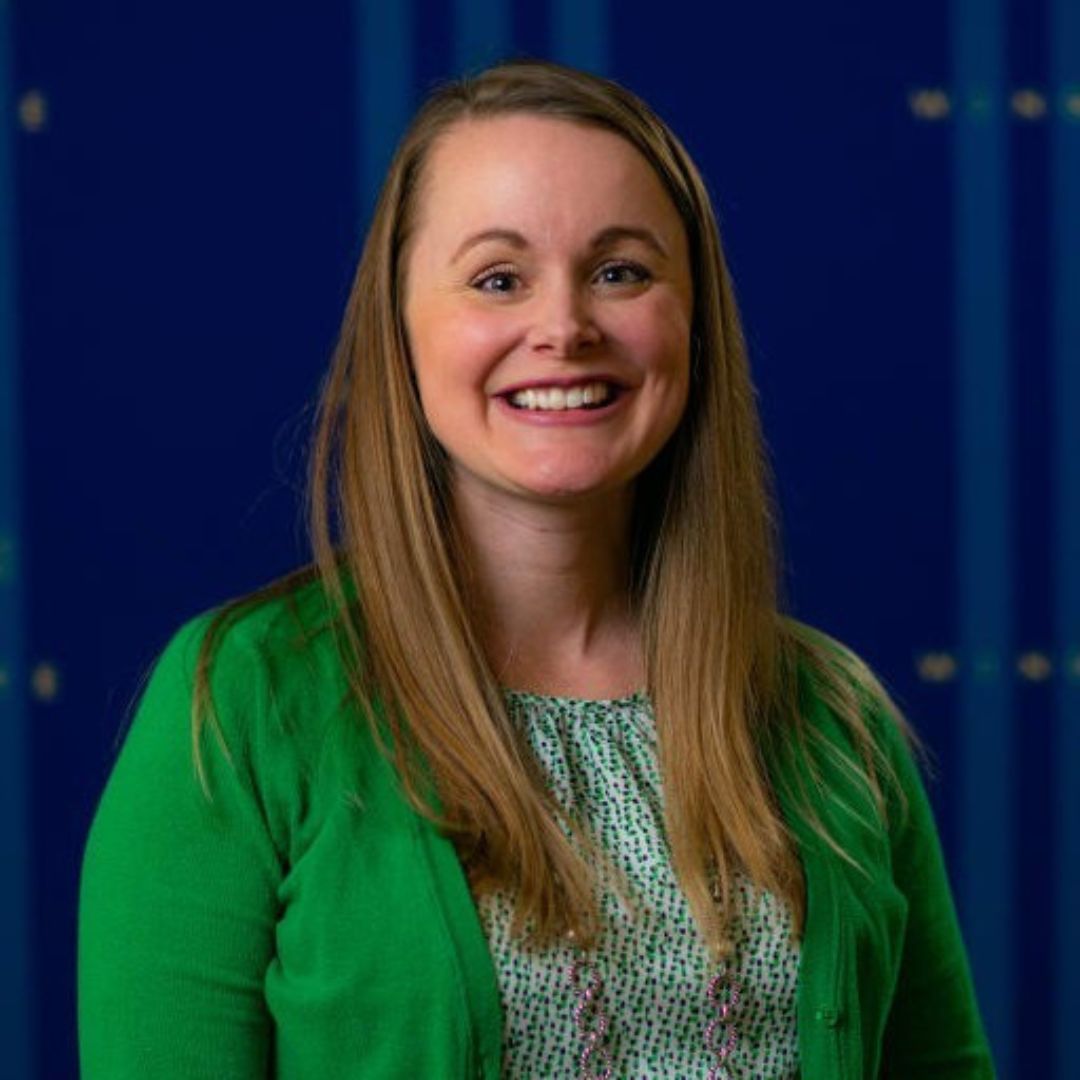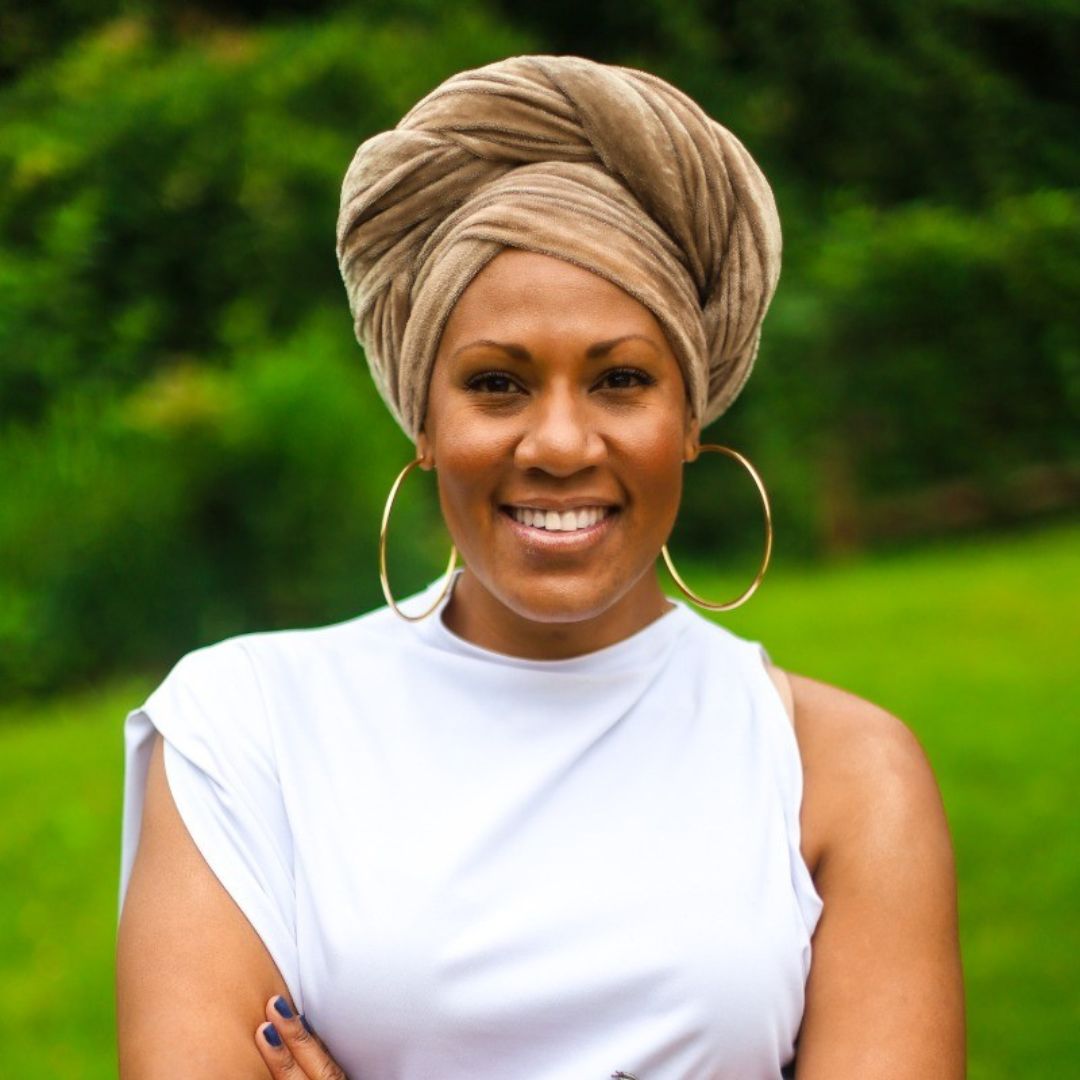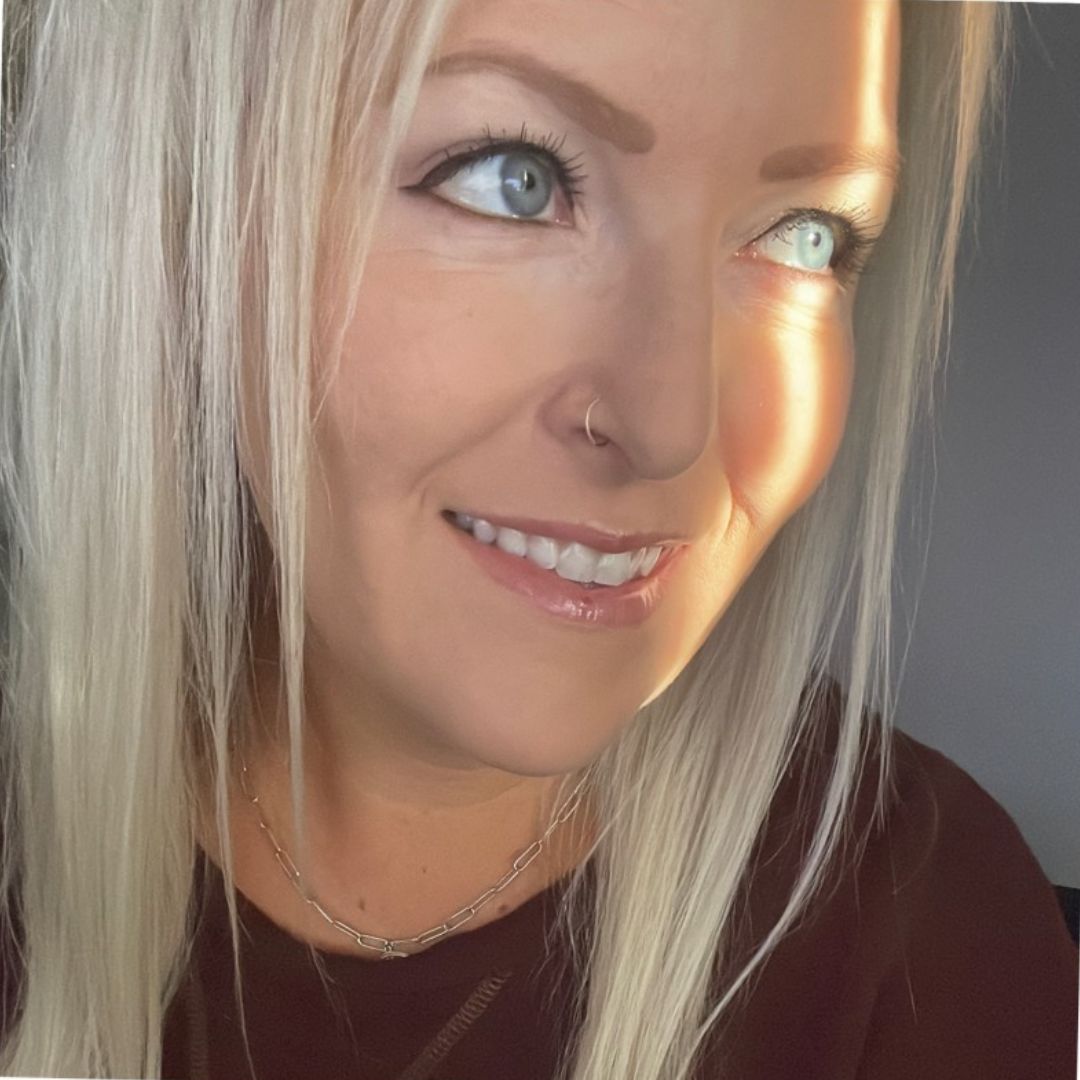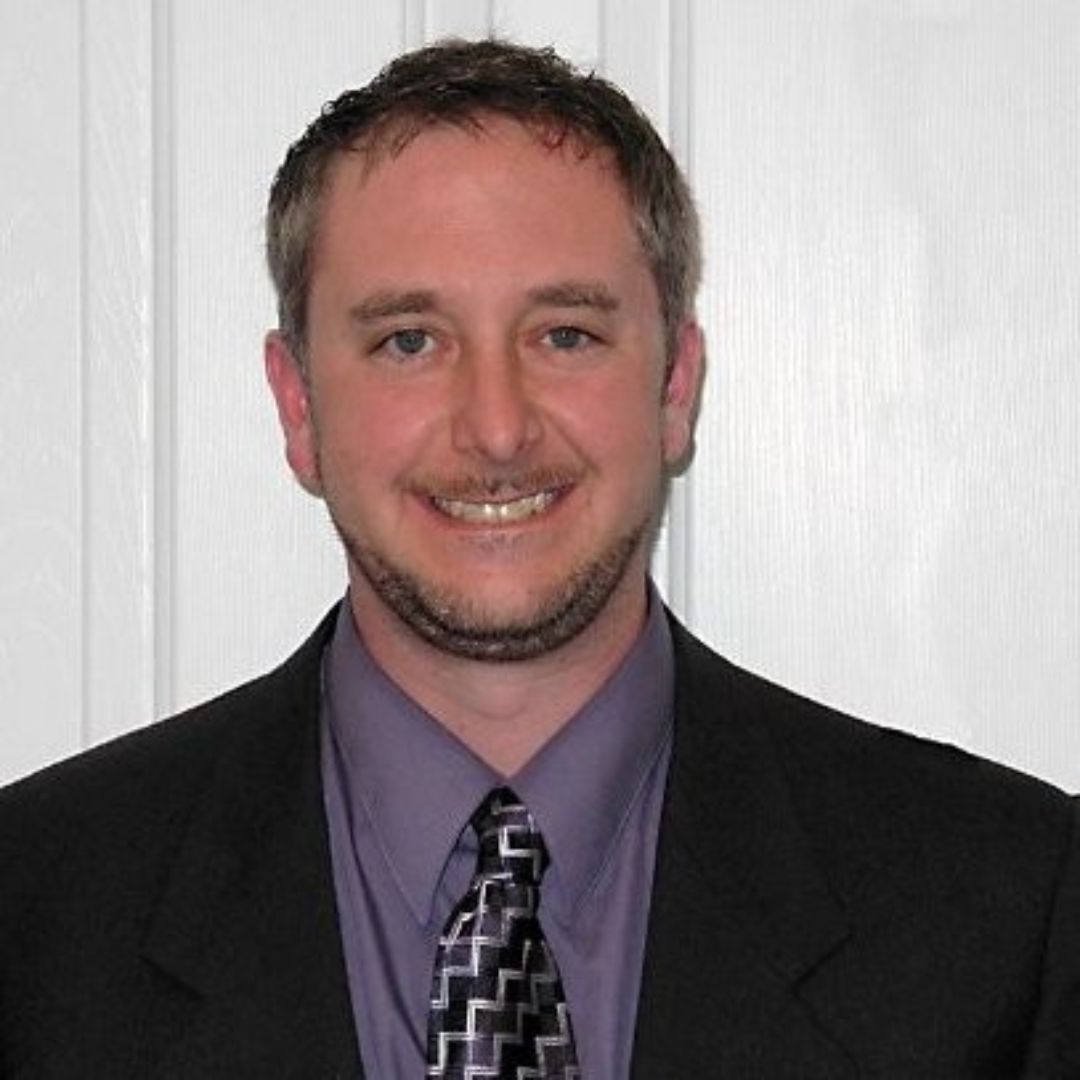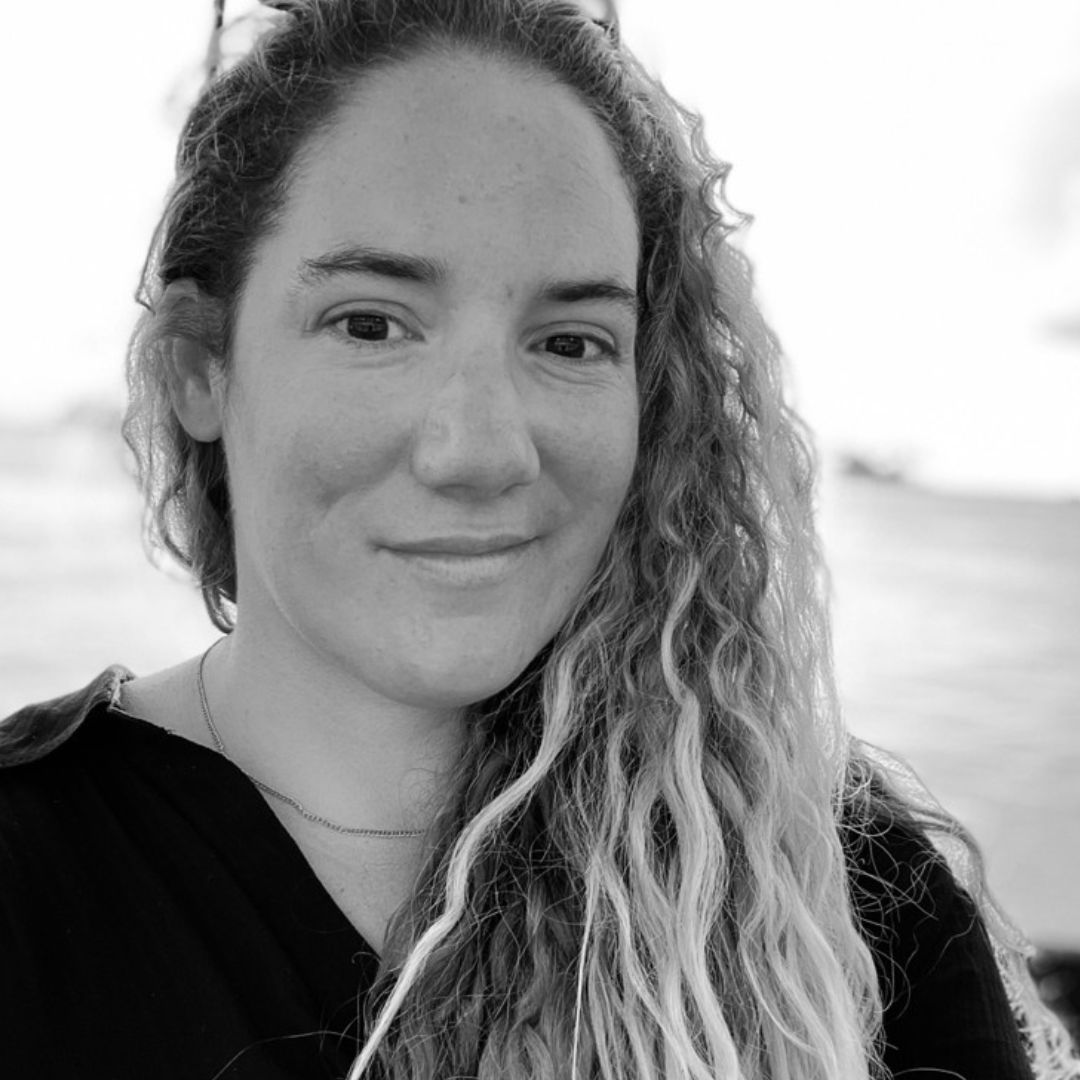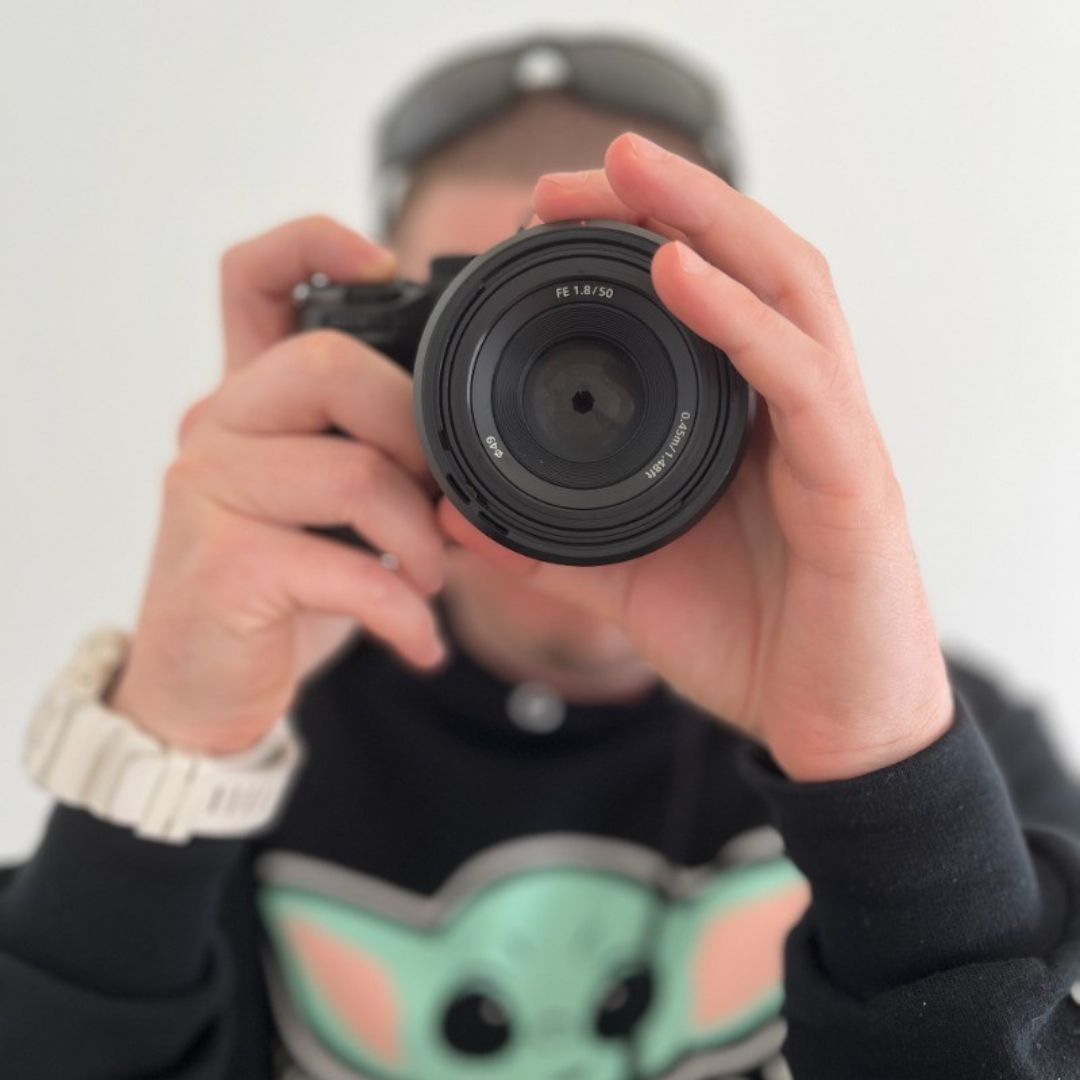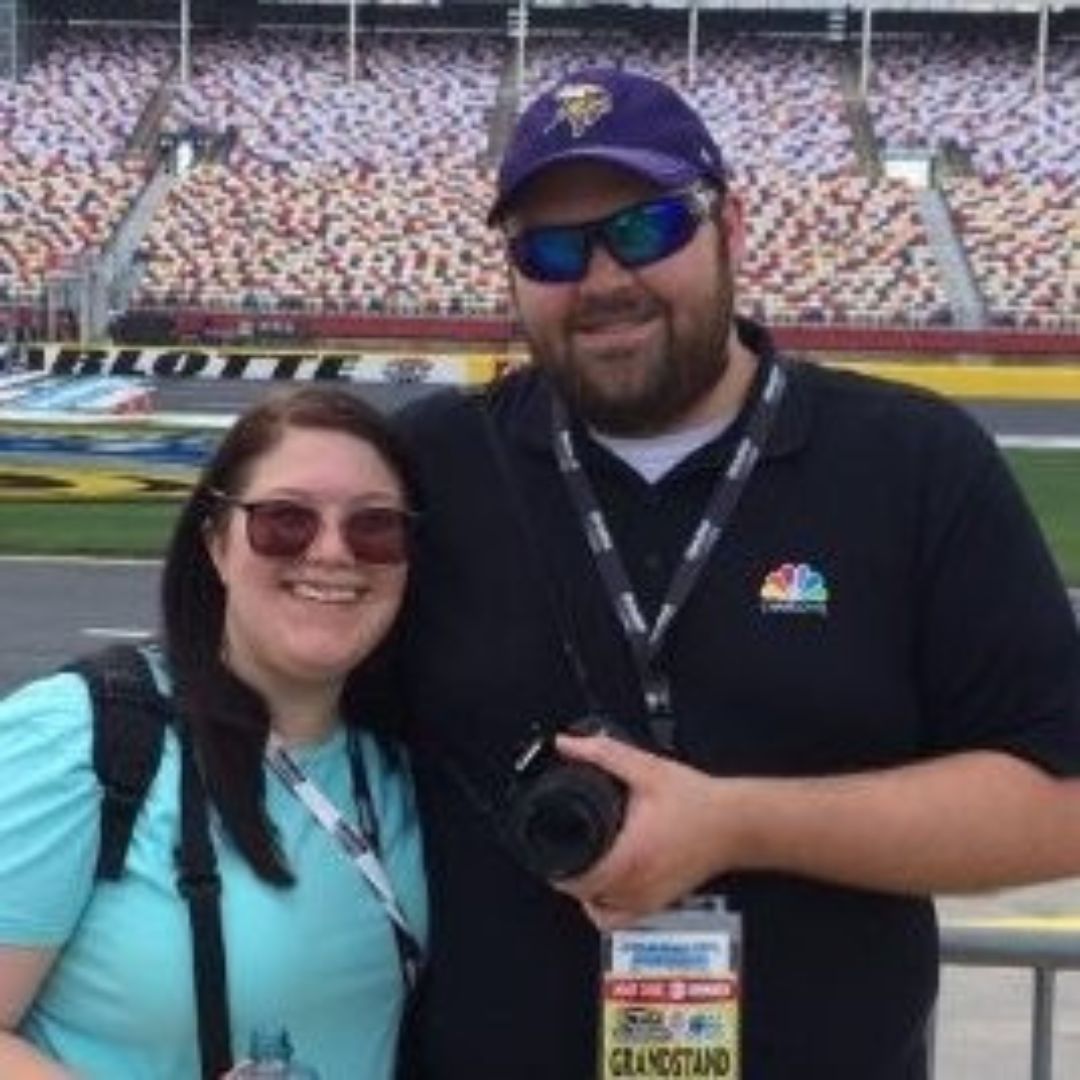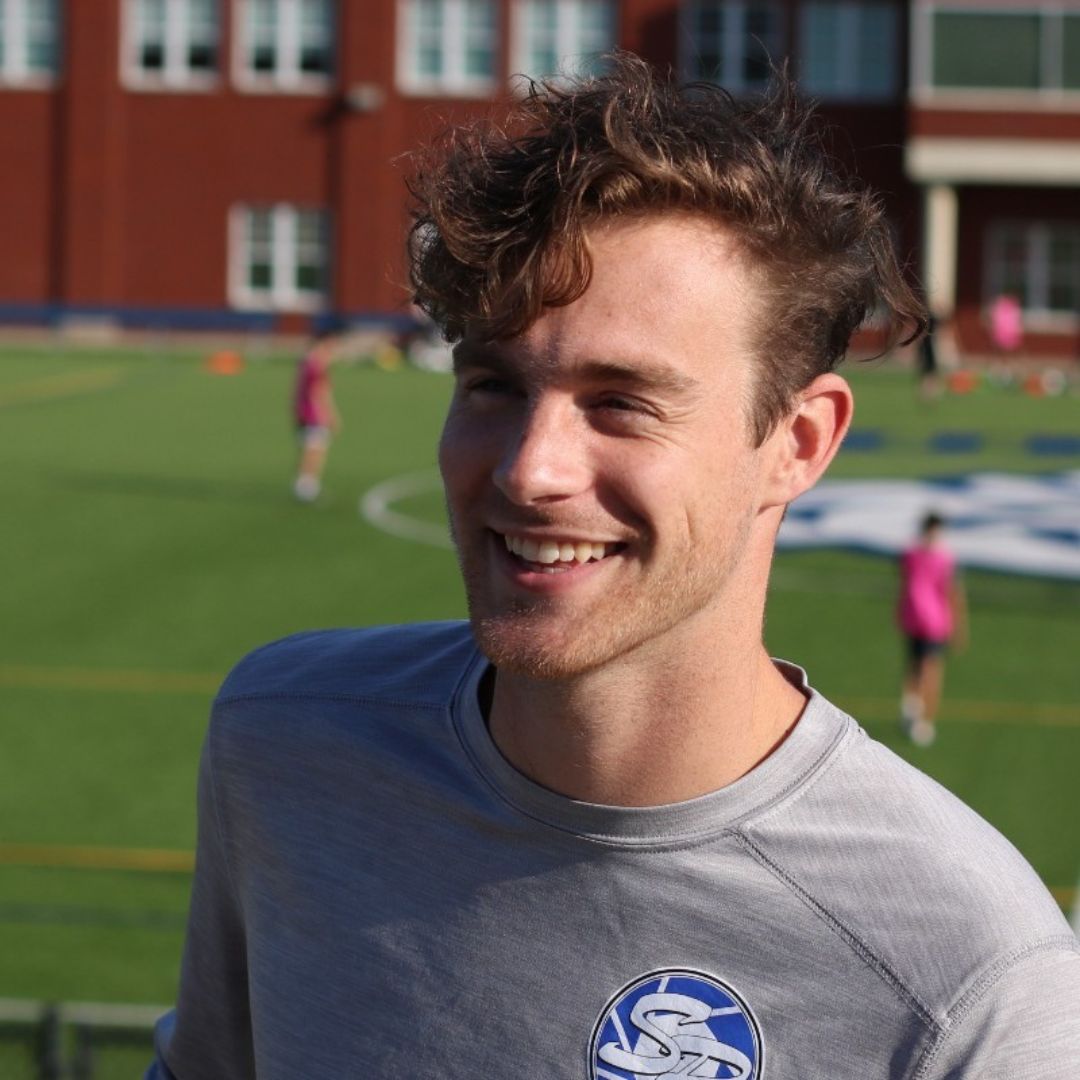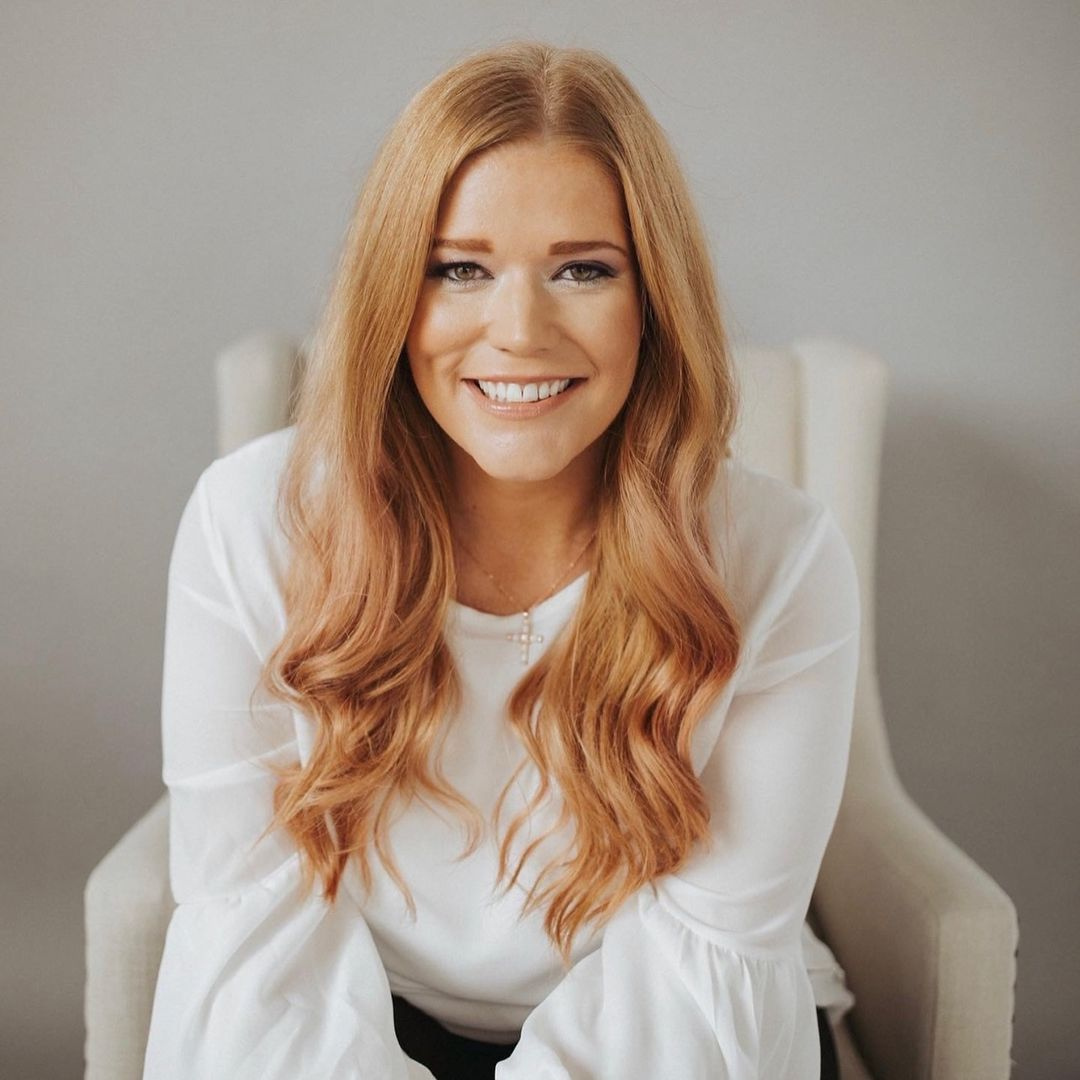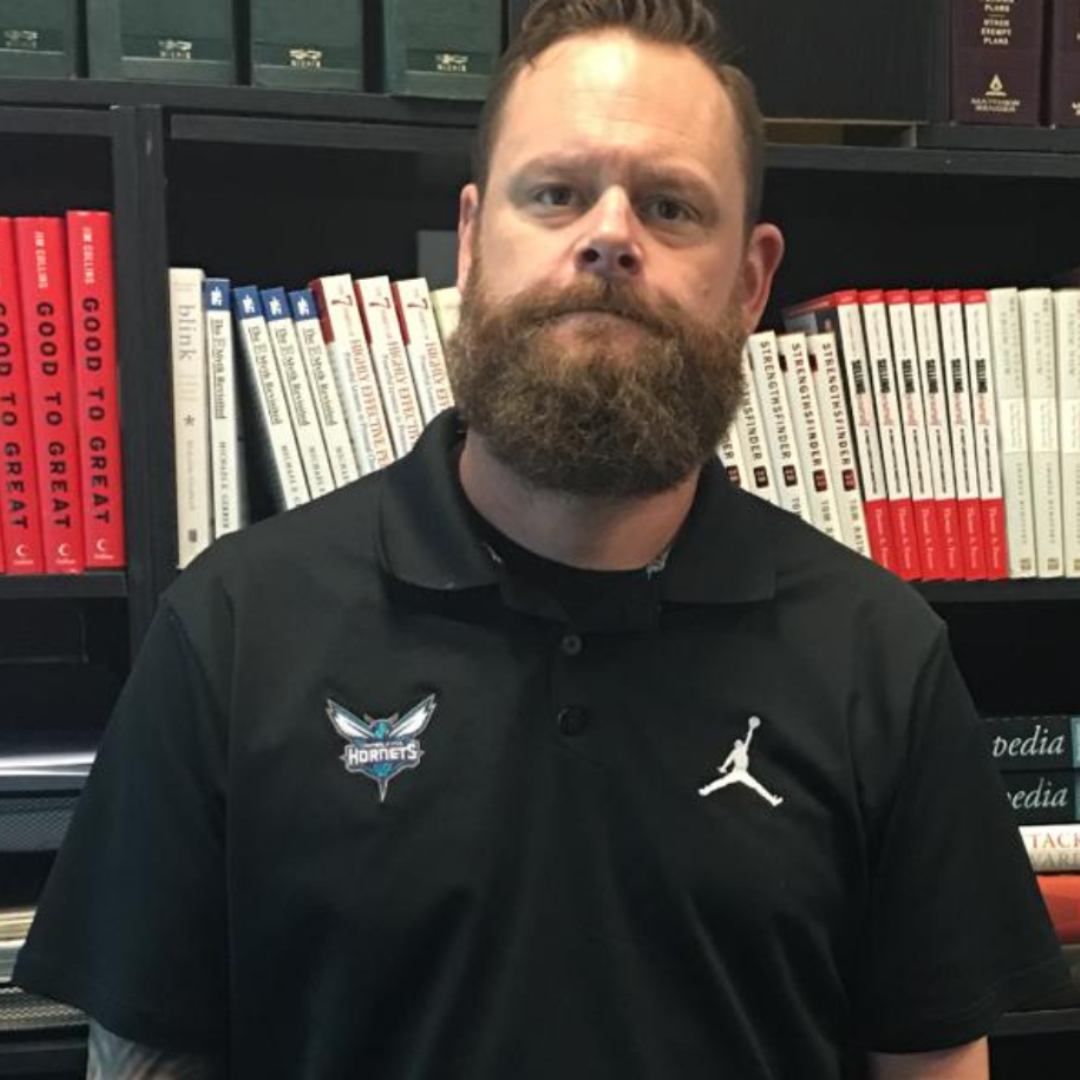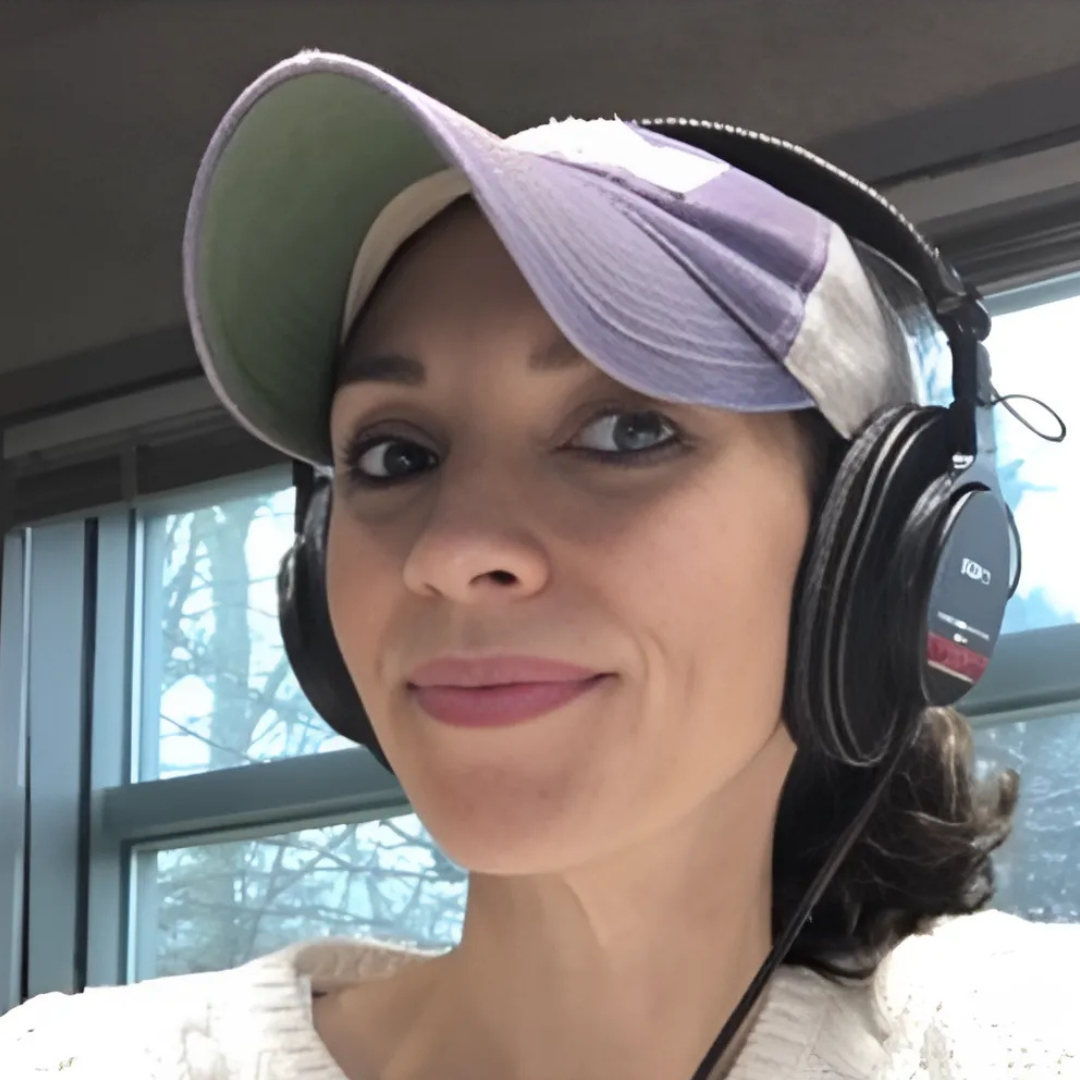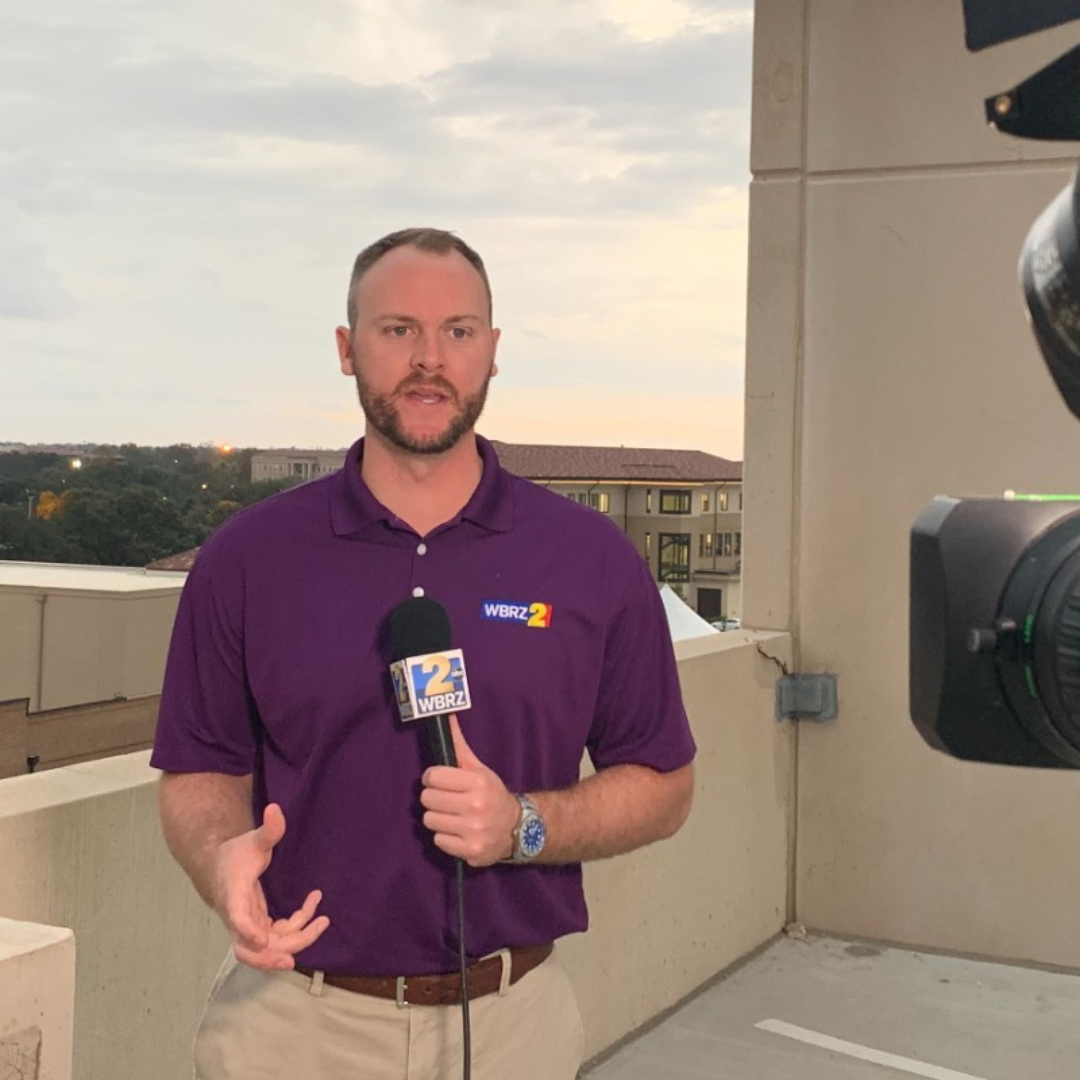The documentary “Free Solo” captured Alex Honnold’s historic climb of El Capitan without ropes. But beyond the climb itself, this film is a masterpiece of cinematography and production. Filmmakers Chai Vasarhelyi and Jimmy Chin faced immense challenges to bring this story to the screen. Let’s look at how they did it.
The Unseen Set: El Capitan
El Capitan is a 3,000 foot rock face. Filming a person climbing it without ropes presented enormous logistical and safety hurdles. The filmmakers were deeply interested in Alex’s personal story, but their primary task was to safely and effectively document an unprecedented event.
The Filmmaking Team: Climbers with Cameras
To capture such a high stakes event, the production team couldn’t be just anyone. They needed elite professional climbers who were also expert filmmakers. This meant selecting a very small, specialized group of individuals, as only a few people in the world have both skill sets.
Imagine carrying a camera while hanging from a cliff! Each cameraman carried 45 to 50 pounds of equipment, plus hundreds of feet of rope. They had to manage this gear while also filming, often pulling lines out of the shot or clipping themselves safely. They used very specific equipment that allowed camera operators to safely let go of their brake hand, ensuring stability. Special techniques were even developed to allow cameramen to be lowered, creating moving shots right on the rock wall.
Filming the Critical Moments: Ingenious Solutions
The team identified specific sections of the climb that were crucial to the narrative and presented unique filming challenges:
- The Freeblast: This slippery section required precise footwork from Alex. The filmmakers focused on close up shots of his feet to emphasize the extreme difficulty and the reliance on friction.
- The Boulder Problem: This was the most challenging part of the climb for Alex. Due to the intense psychological pressure, having crew nearby was not an option. The solution? Remote cameras. The team had to figure out how to set them up, ensure battery life, and confirm they were actually recording. Waiting to download the footage was incredibly suspenseful, and seeing Alex’s smile after completing it was a highlight for the crew.
- The Enduro Corner: This very long, tiring section was filmed from multiple angles. Jimmy Chin used both a still camera and a film camera simultaneously, while another cameraman shot “down the barrel” from above. This multi camera approach ensured they captured the demanding nature and aesthetics of this part of the climb.
Beyond the Lens: The Human Story
While the focus was on filmmaking, the documentary also explored Alex’s character. He’s not a daredevil, but a person of immense discipline and process. This human element added depth to the incredible visual story the filmmakers were capturing.
Your Turn: Filmmaking Lessons from the Edge
“Free Solo” offers powerful lessons for any content creator, no matter your field:
- Assemble the Right Team: For big projects, identify the specific skills needed and find people who truly excel in those areas.
- Plan for Extremes: Anticipate the most difficult moments in your project and devise creative solutions, like using remote cameras for sensitive situations.
- Use Tools Smartly: Leverage your equipment (even basic gear) in innovative ways to tell your story effectively.
- Focus on the Core: Even with technical challenges, remember the central narrative or message you want to convey.
This film proves that with forethought, specialized skill, and strategic planning, you can capture truly remarkable stories.
